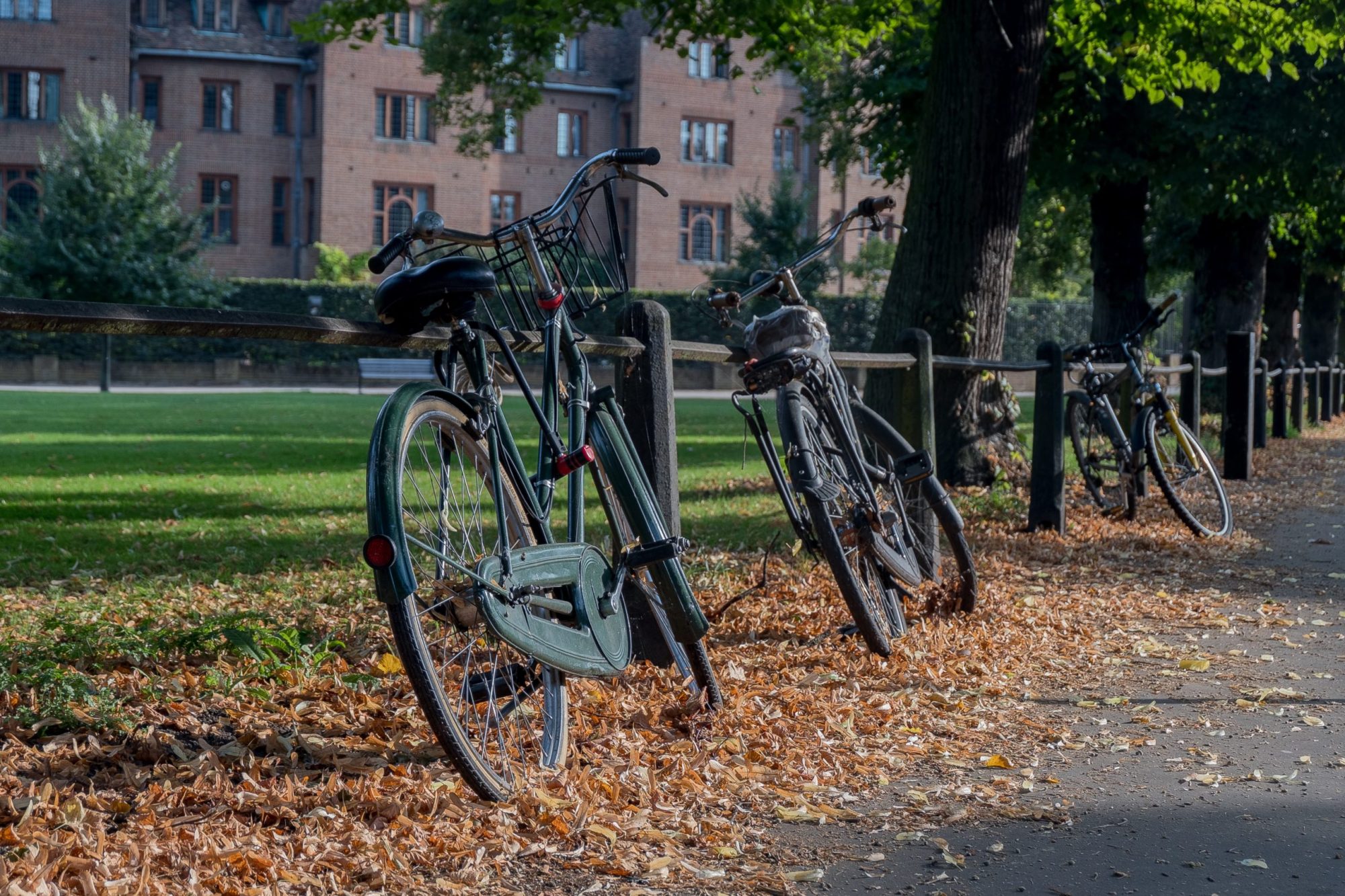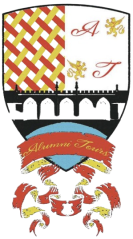Getting Around in Cambridge City

Getting Around
One of the things that makes Cambridge such a great place is that in spite of the fact there is tons of stuff going on, it is actually a very small city, and you can fairly easily walk anywhere. If you come from some glorious mountain region then you are likely to be a bit disappointed by the flatness of the terrain, but for sheer practicality, walking short distances in a small city makes it a great way to get around. There are also substantial pedestrian zones in the centre to make it more pleasant. The only negative points are that some of the roads were clearly not designed in the age of the motorcar, so they have a narrow road with even narrower pavement; and the fact that actually more dangerous than the motorcar is … the bike, partly through the sheer number of them and partly due to the way some are ridden.
Well, that is the view of the walker. The cyclist sees Cambridge as just big enough that you want to get around a bit more speedily than on foot, yet the hideous car problems, combined with the fact that half the roads are shut to traffic, make a bike the ideal option. It is an even better option since the council has been unashamedly orienting its transport policy towards the cyclist, with cycle lanes all over the place, as well as cut-through paths, pavements dedicated to cyclists, and more things that make cycling the obvious thing to do. So it is no surprise that a higher proportion of people cycle in Cambridge than in any other city in the UK, with one in three using a bike to get to work. Admittedly there are too many cyclists who have no lights at night, wear dull invisible clothing, cycle through red traffic lights without looking to see if anything is coming (and don’t even begin to imagine they might signal), and then curse as they cause some poor driver or pedestrian to nearly kill themselves in order to avoid them. But of course there are many good, responsible cyclists who do none of these things, and do, at the same time, save the planet! For the short-term visitor there are many cycle-hire shops (eg Rutland Cycling, City Cycle Hire, Townsends Light Blue Cycle Centre) or pick up one of Mobike’s grey-and-orange pay-as-you-use bikes from a cycle park around town – just download the app and then scan and go.
Cambridge’s small and narrow roads, many speed bumps and bollarded roads do not deter drivers, so coming or going in the Cambridge rush hour is best avoided. If you are buying a car, bear in mind that you will get around a lot more speedily in a small car than a big one, which would just leave you totally unable to pass cyclists or squeeze into on-road parking spaces.
A better plan for those driving in from outside town is that there is a good network of Park and Rides. So good in fact, that I was surprised to see Visit Cambridge website describe them as ‘five world-class Park and Rides’. A ‘world-class Park and Ride’ in Japan would no doubt involve some machine that parks your car for you using a lift to stack cars efficiently, followed by a sky train with free coffee whipping you into the centre at 200mph. In Cambridge, ‘world-class’ means they are well-signposted and you only pay a small fee for the buses, which come every seven minutes to take you into town. And presumably the fact that there are five locations, strategically located around the city.
Another alternative is the network of bus routes coming into the city, with regular routes going almost everywhere. Bus lanes speed up some routes, though many roads are too narrow to fit a bus lane, and where there are lanes, they often cause more congestion and danger than is warranted.
A new guided busway seems an efficient way into town, running all the way from Huntingdon to Trumpington, and described as the longest guided busway in the world. The smooth cycle-cum-footpath that runs alongside is also liked by pedestrians and cyclists as a quiet and direct route into town.
The main railway station has a fast and reliable service of non-stop trains to London King’s Cross, two an hour, taking just 45 minutes, used by a large population of commuters to the capital. There is now a Cambridge North station and soon to be Cambridge South, as well as ideas floating of an underground network – which sounds like an engineering challenge in the low-lying fenland. Services north are more complicated, usually involving changes at Ely and/or Peterborough to get onto the mainline – so it is often more efficient to head south to Stevenage or even King’s Cross and change there to the northern express trains. Cross-country links are less developed, with the best links being west to Birmingham or east to Norwich. Gone are the days of the Oxford-Cambridge ‘Varsity Line’, although the recent focus on developing an Oxford-Cambridge Arc of innovation and entrepreneurial activity has reinvigorated plans to reopen the old railway line and/or build an expressway to link the university towns once more. There are a few hurdles along the way though, including the use of one stretch of old track for the Mullard Radio Astronomy Observatory’s rail-mounted radio-telescopes.
One other very handy rail link, also serviced by buses and the M11, is the 30-minute journey to Stansted Airport, a useful launchpad for international travel, especially for the budget airlines.. Cambridge City airport doesn’t generally offer scheduled flights, but is open to private bookings.
Finally the least practical form of transport is the punt – definitely an experienced not to be missed, but you could get around quicker by walking or swimming!
– Christopher Jagger ‘King’s College, Alumni’
